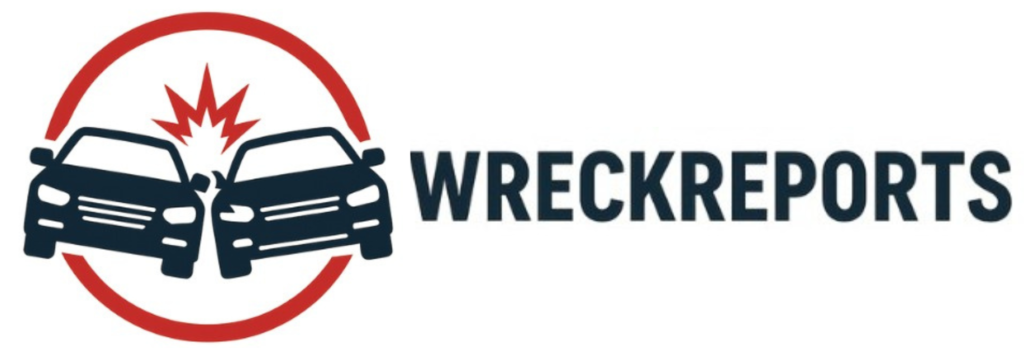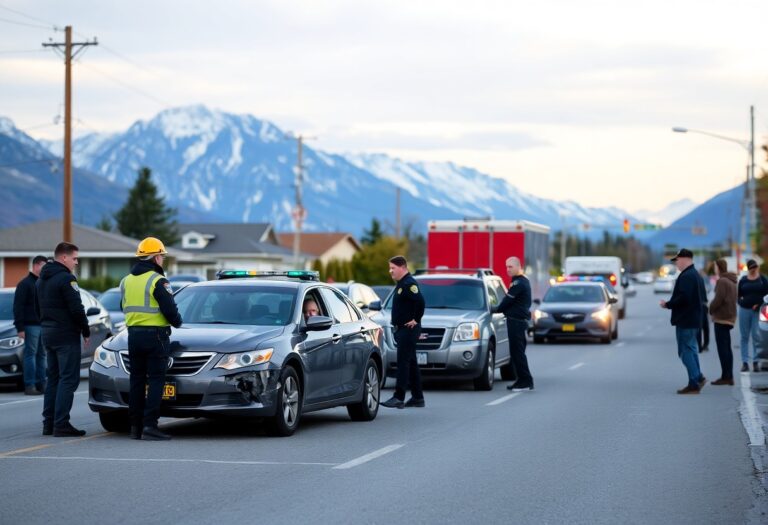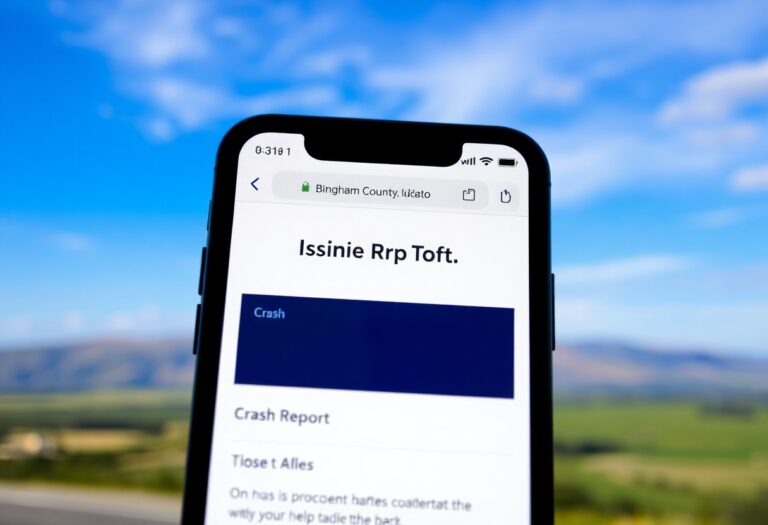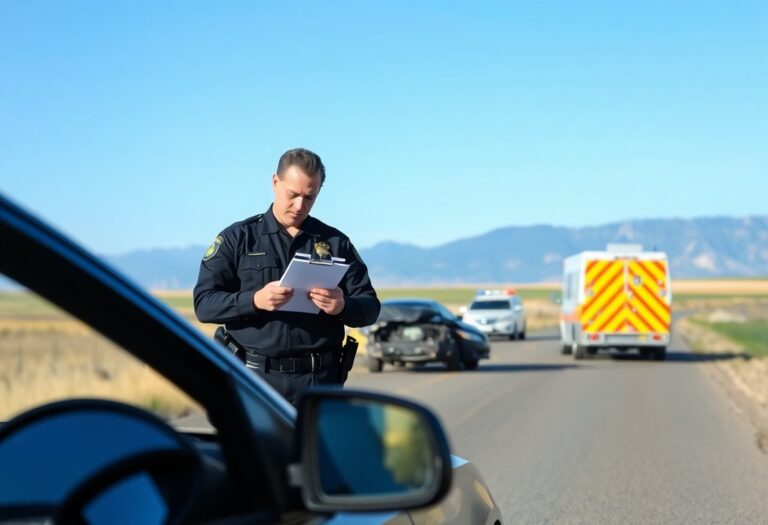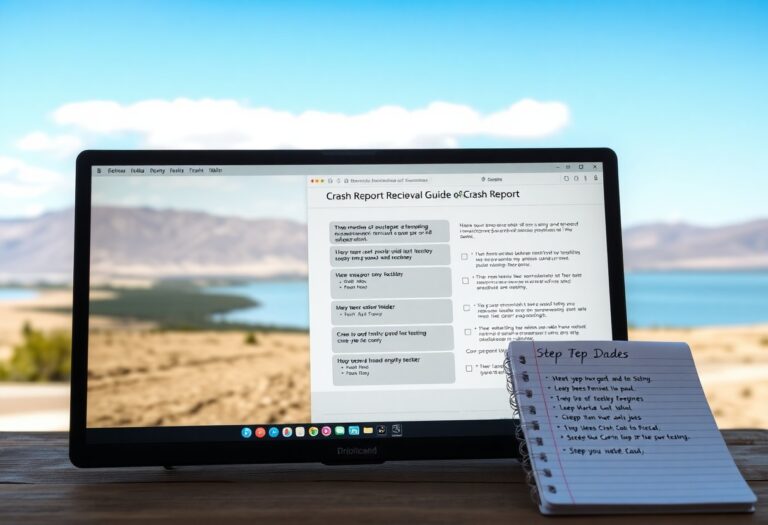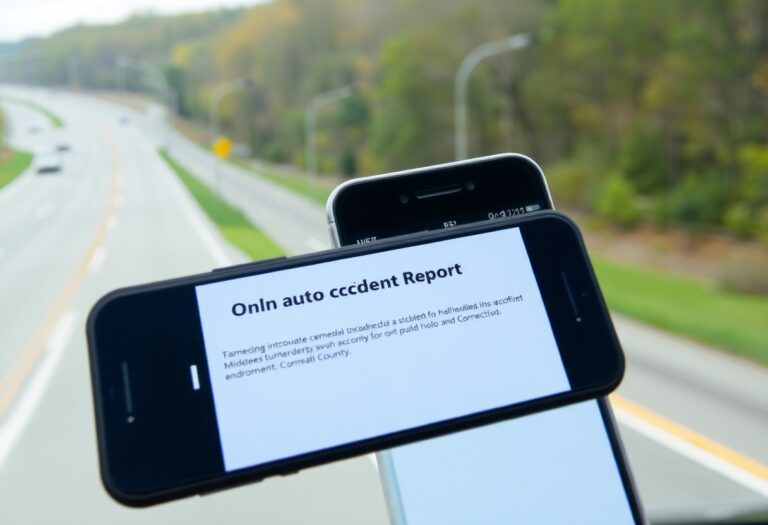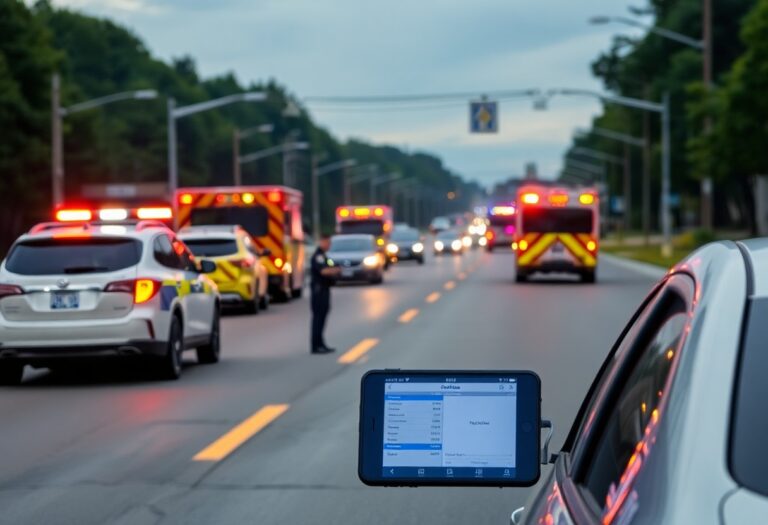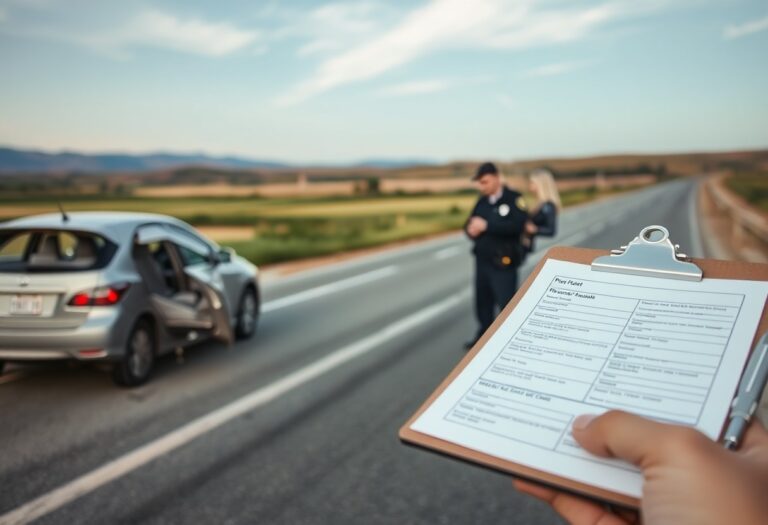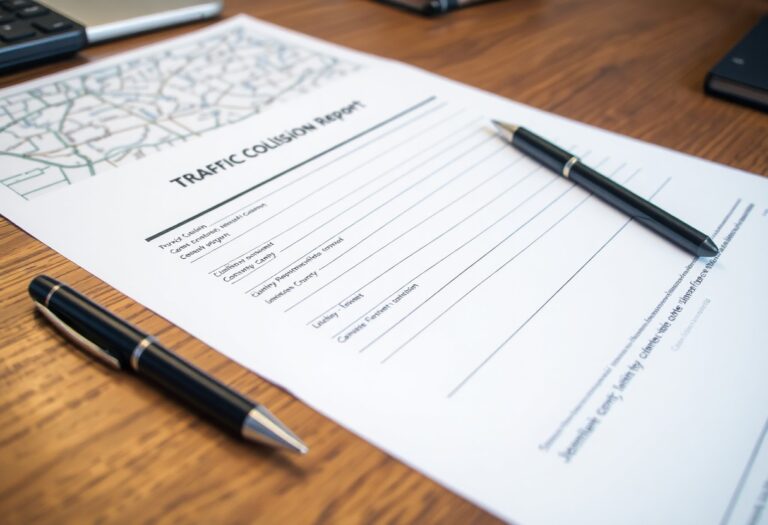You deserve to have access to accurate and timely crash reports in Philadelphia County, Pennsylvania. When you’re involved in an accident, obtaining your official crash report is imperative for insurance claims and legal matters. The process can be straightforward if you know how to navigate it effectively. This guide will walk you through where to find your report, what information you’ll need, and the most efficient ways to obtain it, ensuring that you have all the details you require for a smooth resolution.
Navigating the Maze of Crash Report Requests
Requesting a crash report in Philadelphia County can be a daunting process, rife with red tape and varying requirements. By familiarizing yourself with the specific steps and procedures, you can streamline your experience and obtain your report more efficiently. Understanding the paperwork needed, the timelines, and the exact contact points can save you time and prevent frustration on your journey for vital accident information.
Official Channels for Obtaining Reports
To obtain a crash report, you must follow defined channels set by the Philadelphia Police Department. You can typically request a report online through their official website or visit the Records Unit in person. Ensure you have the report number or relevant details like the date and location of the accident to facilitate a smooth retrieval process.
Understanding the Roles of Law Enforcement and Insurance
Your crash report’s value extends beyond being a mere document; it is vital for law enforcement and insurance processes. Law enforcement officers compile detailed reports that outline the facts of the incident, including involved parties and conditions. Insurance companies rely heavily on these reports to determine liability and process claims efficiently, impacting your recovery and settlement timeline.
When law enforcement arrives at the scene, they assess the situation, gather witness testimonies, and take notes that are crucial for composing the official report. This documentation plays a pivotal role in your insurance claim, as agents use the report to evaluate the circumstances surrounding the accident. If you file a claim without the law enforcement report’s detailed account, you risk potential delays or disputes over the incident’s specifics. Therefore, obtaining this report not only aids in your insurance dealings but also provides a clear narrative of what transpired during the crash.
Decoding the Crash Report Content
Understanding what is included in a crash report can significantly aid in managing your incident claim or legal proceedings. Each report serves as a formal document that encapsulates vital details surrounding the event, which is crucial for clarifying liability and evaluating damages. Familiarizing yourself with the various sections of the report ensures you can extract the relevant information needed for your case.
Key Components of a Crash Report
A crash report typically comprises several fundamental elements: the date and time of the incident, location, weather conditions, a description of the vehicles involved, personal details of all parties, and witness statements. Additionally, it usually includes diagrams illustrating the collision scenario and any citations issued at the scene by law enforcement. Each of these components plays a role in piecing together the incident’s narrative.
Insights and Data Presented in Reports
Analysis of crash reports provides invaluable insights into accident trends and safety issues. You can uncover statistics such as common causes for crashes, the frequency of accidents in specific areas, and the timeframes when incidents are more likely to occur. This data is crucial for law enforcement and city planners to develop strategies aimed at reducing accidents and enhancing road safety.
Diving deeper into the insights and data, you may find patterns that highlight dangerous intersections or specific vehicle types prone to accidents. For instance, reports may reveal that certain intersections are significantly affected by factors like poor visibility or high traffic volumes during rush hours. By understanding these trends, you can better advocate for changes in traffic management or even take personal precautions when driving in those areas. Utilizing this data not only empowers you but also contributes to a broader awareness that can lead to improved public safety measures in Philadelphia County.
Common Challenges in Retrieving Reports
Retrieving crash reports in Philadelphia County often comes with a range of obstacles, adding to the stress of an already difficult situation. Many factors can complicate the process, including varying procedures across different law enforcement agencies, incomplete information, and the potential for reports to be classified or inaccessible for a period. Such challenges can delay your ability to act on important claims or legal matters following an accident.
Dealing with Delays and Denials
Delays and denials can be frustrating roadblocks when seeking your crash report. You might experience extended waiting periods due to administrative backlogs, or your request may be denied on technical grounds like missing information or a lack of authorization. Being prepared to address these issues swiftly can alleviate some of the resulting stress and uncertainty.
Tips for Effective Communication with Authorities
Establishing effective communication with the authorities while navigating the crash report retrieval process can make a significant difference. Make sure to have all your relevant information at hand, and don’t hesitate to ask clarifying questions if any part of the process is unclear. Remain polite yet assertive, and document all interactions for future reference. This approach not only helps in getting answers faster but also builds a rapport that may be beneficial in the long run.
- Gather all necessary information before initiating the communication.
- Use clear and professional language to describe your request.
- Follow up consistently to ensure your case moves forward and remains a priority.
When you approach authorities, maintain a level of professionalism that encourages cooperative responses. You might find that presenting your case clearly makes officers more willing to assist. For example, if you’re struggling with delays, politely asking for updates or expressing urgency can prompt a review of your situation. Facilitate the process by being courteous and concise in your requests.
- Remain consistent and follow up on requests without being aggressive.
- Document all correspondence with authorities, creating a clear trail of your efforts.
- Consider involving an attorney if you encounter persistent roadblocks or issues.
Knowing these strategies can help you navigate the complexities of retrieving your crash report more efficiently.
Leveraging Crash Reports for Your Benefit
Making the most of your crash report can lead to favorable outcomes in both insurance claims and legal situations. By understanding the details outlined in the report, you can effectively argue your case with insurers and attorneys alike. Reports can shed light on critical factors such as negligence, damage assessments, and fault determination. When you access and comprehend these reports, you position yourself advantageously to receive the compensation you deserve. Utilizing this data equips you with the necessary documentation to support your claims and address any disputes that may arise.
Utilizing Reports for Insurance Claims
The insights gleaned from your crash report can significantly strengthen your insurance claims process. Essential components such as the accident’s circumstances, involved parties, and any police findings provide undeniable evidence that insurance companies require for processing claims. This documentation ensures that your voice is heard and that you can advocate efficiently for the compensation you need to cover vehicle repairs, medical expenses, and other related costs.
Importance for Legal Proceedings and Personal Records
In legal contexts, the crash report serves as a vital piece of evidence in establishing liability and damages. Should you choose to pursue legal action, having a comprehensive crash report will be indispensable. Elements like eyewitness accounts, officer observations, and diagrams can support your claims. For personal records, retaining your report is beneficial for future insurance negotiations or any potential disputes. Having a clear record can streamline interactions with legal and insurance support, providing clarity and backing to your personal narrative. The details that your crash report contains can be the difference in achieving a favorable outcome for your particular situation.
Real-Life Implications of Crash Data
Crash data in Philadelphia County goes beyond mere statistics; it has real-life implications for drivers, pedestrians, and the broader community. The patterns and trends derived from this data can inform decisions around road safety interventions, infrastructure improvements, and law enforcement strategies, ultimately impacting the safety of everyone’s daily commute. Understanding these implications helps you stay vigilant and proactive, ensuring safer road conditions for you and your loved ones.
Analyzing Crash Trends in Philadelphia County
By examining crash trends in Philadelphia County, you can identify high-risk areas and times for accidents. Reports have shown a spike in incidents at specific intersections and during late-night hours. For instance, data indicates that pedestrian-related crashes are more frequent in densely populated areas. Such insights empower you to choose safer routes and times for travel, fostering a more cautious approach to your daily driving.
Community Awareness and Safety Measures
Community awareness and safety measures play a pivotal role in reducing crash incidents in Philadelphia County. Local initiatives, such as educational campaigns and community workshops, focus on sharing data and prevention strategies, creating an informed public. For instance, the Philadelphia Traffic Safety Improvement Project has implemented changes based on crash data, like improved signage and dedicated bike lanes. Active participation from residents in these initiatives leads to a heightened sense of responsibility among motorists and pedestrians alike, contributing to a safer environment for all.
Community efforts are also supported by law enforcement agencies, which increase patrols in identified high-crash zones and engage with residents through outreach programs. Regular town hall meetings allow you to voice concerns and suggest improvements. Collaboration between citizens, local government, and organizations can drive campaigns that focus on safe driving behaviors and pedestrian awareness. Together, these measures can significantly lower crash rates and promote responsible road usage, protecting you and your neighbors from potential dangers on the road.
Conclusion
Considering all points, obtaining a crash report in Philadelphia County, Pennsylvania, is a straightforward process that can provide you with vital information following an accident. By understanding the necessary steps and utilizing available resources, you can efficiently acquire the report you need. Whether for insurance purposes or personal records, ensuring access to accurate data will aid in navigating the aftermath of a crash with confidence and clarity.
